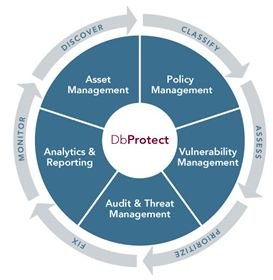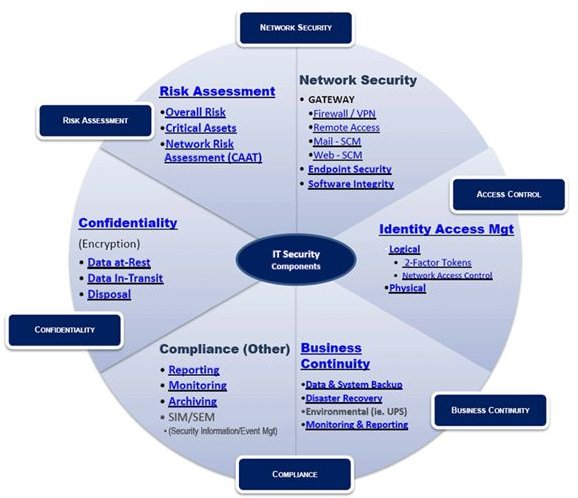Network Security Administrator Responsibilities - Major Points Listed
Responsibilities of Network Security Administrator
Network Security Administrator responsibilities include but are not limited to creation of user groups, group policies, and updating users in the user groups etc. Before we continue our discussion on network Security Administrator responsibilities, let us understand that the network Security Administrator is responsible for the security of the entire network. He needs to protect it from both internal as well as external threats.
External threats are well known. They include tackling intrusion and virus prevention. Intrusion can be further classified into eavesdropping, packet sniffing, and port knocking. The responsibilities of Network Security Administrator include providing safety from such external threats. Our Bright Hub article on Understanding Computer Security explains some of these external threats.
The internal threats to the network or rather, the database at the core of network, include manipulation of the database and its parts by the users of network. Malicious users may try to access the parts of database that they are not supposed to deal with. Once they get the access, they may misuse it for personal benefits – by modifying the data or by selling off important information to competitors. This can be achieved by logging in under a different user credential or accessing a computer that has higher privileges.
These above two are the main concerns of any Network Security Administrator. To avoid such attempts, the Network Security Administrator can implement a firewall protection system that – a) offers protection to the entire network from external threats, and b) offers protection to each individual computer, so that no internal user can try to access another computer. The second part also safeguards the network in case any malware is introduced into the system from inside (through any affected removable disk etc).
The network Security Administrators can also tackle the internal threats by creating group policies so that each user can see/edit/delete only a portion of database and cannot, under any case, gain access to other parts of the database. Thus, the primary network Security Administrator responsibilities are implementation of firewall, creating and maintaining user policies. The 101 of Database Concepts details the maintenance of the group and user policies. It also explains the responsibilities of network Security Administrator using database as core.
The following section lists the main points of a network Security Administrators’ responsibilities.
Network Security Administrator Responsibilities – An Overview

As such, you can sum up the responsibilities of network Security Administrator as follows:
- Assessment of risk to the network;
- Creating a security policy to counter the risks detected in the above step;
- Implementing the security policy;
- Auditing the security policy at different times under different test circumstances to find vulnerabilities; and
- Modifying the security policy for better protection of the network (based on the results obtained in step 4)
.
The following are responsibilities of network Security Administrator in detail:
- Understanding the network type(s), components, and possible threats;
- Designing a firewall and user policy system to protect the components of network and the database from malicious people – hackers or employees;
- Implementing the security system created in step two, by setting up firewall components and assigning rights (open, read, write, and delete) to the users;
- Updating the users, their passwords, and space on server as the users join or leave the organizations. This also applies when the users are promoted or changed to a different position within the organization;
- In case of breach of security due to limitation of firewalls or any other reason, investigating the cause(s), providing for any loss arising out of the breach, and taking approaches so that such breaches do not happen again;
- Scheduled or unscheduled testing of the security system under different scenarios to assess the strength of the network security and to assess the vulnerabilities;
- Modifying the network security for better protection of the network, based on results obtained in step 6 and based on inputs from network designers; and,
- Checking the condition of different components in the network (routers, computers, wires etc) to avoid possible network crash
Please note that the above stated network Security Administrator responsibilities are not comprehensive. They are generic. The actual responsibilities may differ from organization to organization.
This post is part of the series: Computer Security - Training and Responsibilities
This series aims to introduce you to Computer Security, especially when it comes to LANs or any networks. The series covers IT training, reducing training costs, where to get training, and the responsibilities of Network Security Administrators.
